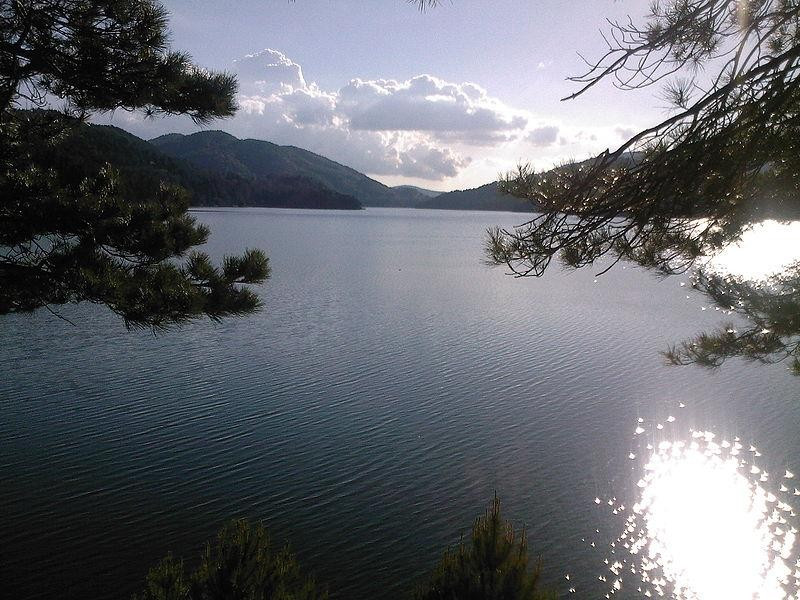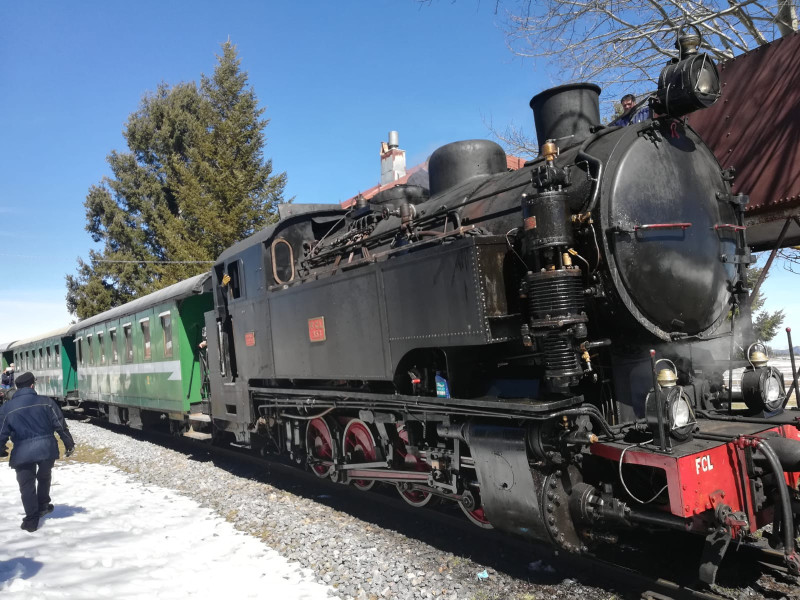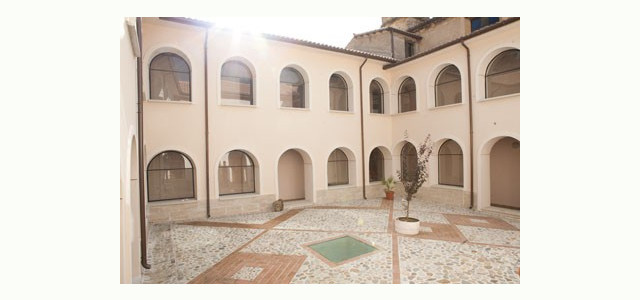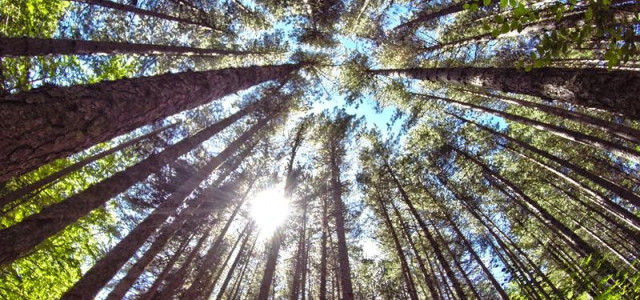Parco Nazionale della Sila
The Sila National Park, "UNESCO Biosphere Reserve", covers an area of 73,695 square kilometers, an area that encompasses all three silane areas (Greca, Large and Small) and three of the five provinces of Calabria, Catanzaro, Cosenza and Crotone. The Park has existed since 1997, but was set up so defunct, after long battles for civil and legal protection of the silane environment, only in 2002. The symbol of the park is the silane wolf, native protected species. The Park is home of thrre of the six lakes present in the Sila (Ampolliino Lake, Arvo Lake and Ariamacina Lake) and has a very wide area of forest, consisting mainly of typical beech and pine forests. Wide valleys open along the ridges, where pastoralism is practiced, with forms of transhumance and pasture still resisting, and agriculture, mainly linked to the cultivation of "Potato Sila IGP". From the geological point of view, it's a solid formed by two groups of lithologies: igneous and metamorphic rocks, occupying the central area of granite around which extend limestone hills of the Tertiary and Quaternary. The main rivers that cross the area are Crati and Neto rivers, the longest and most important of Calabria. The presence of some mammals was influenced by man, who has modified the habitats and compromise their survival: the deer, extinct early last century, was reintroduced in recent years, and so did the wolf. The floral heritage is similar to the environment of the Apennines and the Alps. From the standpoint of historical and archaeological evidence, in 2004, the excavations conducted by the Superintendence have revealed a vast prehistoric settlement (3.800 BC) near Camigliatello Silano. The Bruzi tried to colonize this territory, but failed to settle in the inner areas of the plateau. Only in 1189 the Abbot Joachim of Fiore climbed the western slopes and founded the great Corazzo Abbey. From the monastery was generated, in 1500, the town of San Giovanni in Fiore. In the late nineteenth and early twentieth century many areas of the Park were subject to major deforestation due to the construction of the "transilana" station and reservoirs. Today, the Park is home to many companies that produce the typicality of the territory: bovine herds Podolica, "Caciocavallo DOP", etc. There are also numerous workshops: textile art of Commons of Longobucco and San Giovanni in Fiore. The historical centers which fall entirely within the National Park are Longobucco, Magisano and Zagarise; among the most important towns, be mentioned Taverna (Mattia Preti Museum), Rossano (Church of San Marco and Rossano Cathedral), San Giovanni in Fiore (Florense Abbey), Spezzano della Sila (Franciscan Monastery).
Info:
The Sila National Park offers numerous campsites equipped and the possibility to practice: mountain biking, hiking on trails CAI, horseback riding, cross-country and downhill at the equipped centers of Carlomagno, Lorica and Camigliatello Silano, orienteering, sailing and canoeing at Arvo and Ampollino Lakes, rafting and canyoning, archery and bird-watching.
Among the services, there are "open farms" and "train of the Park".
![Immagine descrittiva - BY [lugiube]/123RF Immagine descrittiva - BY [lugiube]/123RF](https://api.viaggiart.com/resources/images/xl/list/image/169805-46dfab35472ce0a2916d15afe604c8ad-1554205921.jpg)










